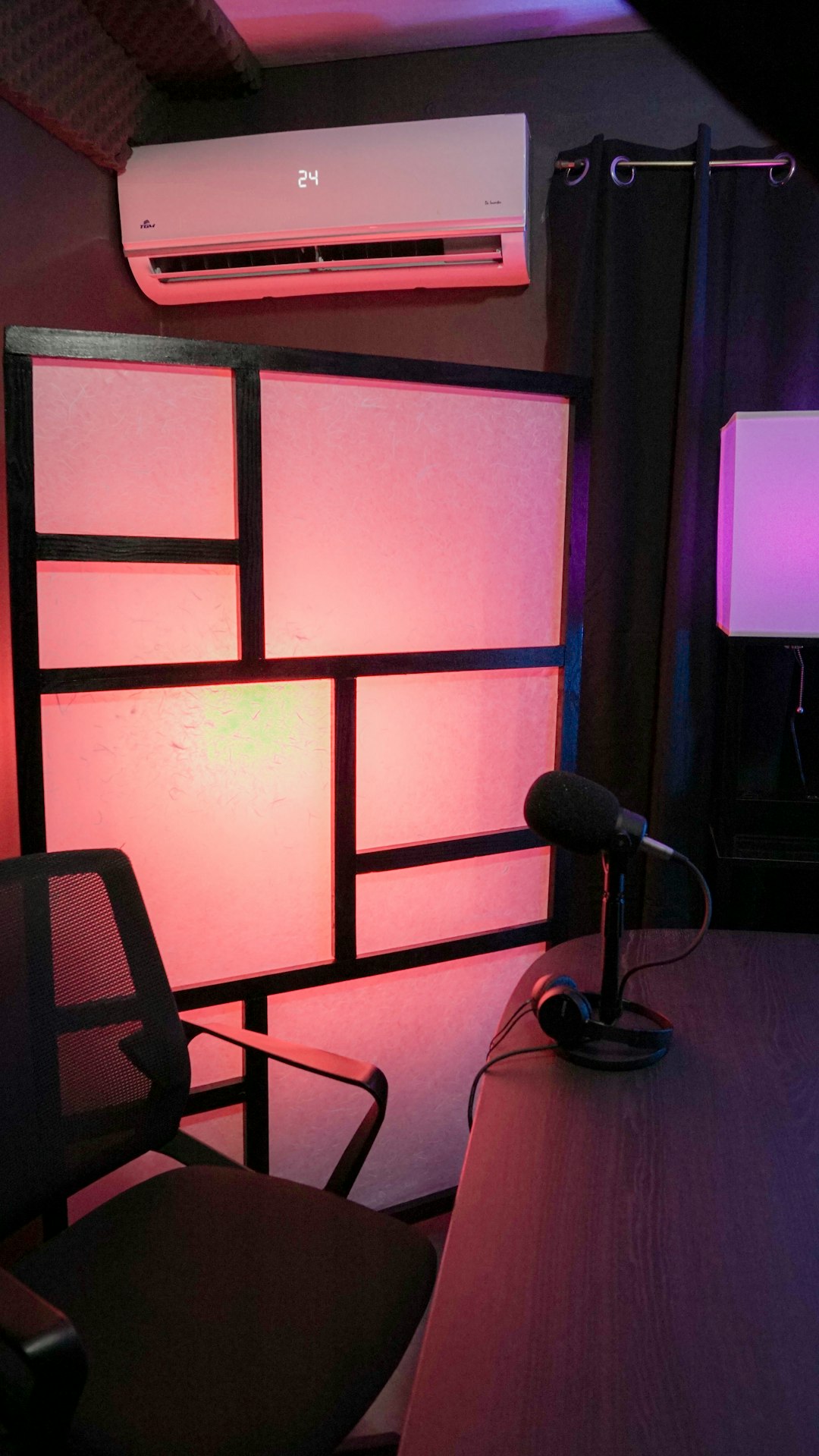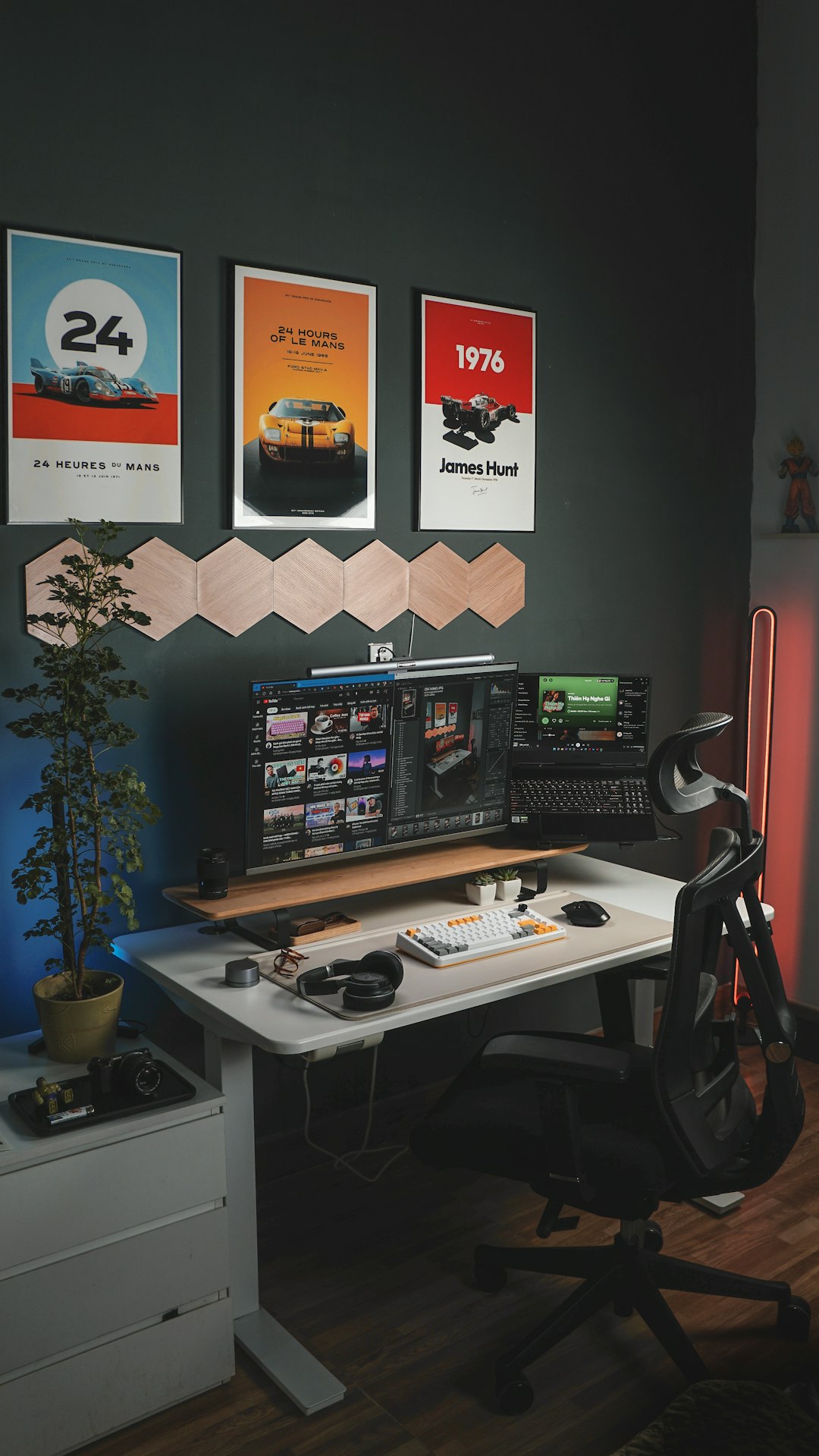When evaluating the picture quality of modern televisions and monitors, one crucial term that often appears is Full-Array Local Dimming, commonly abbreviated as FALD. This technology directly influences how well a display can deliver deep blacks, vibrant colors, and balanced contrast, making it a key consideration for both casual viewers and professionals. However, despite its growing presence in product marketing and technical specifications, many consumers remain unclear on what FALD truly means and why it matters. This article aims to demystify Full-Array Local Dimming and explain its role in today’s display technology ecosystem.
What Is Full-Array Local Dimming?
At its core, Full-Array Local Dimming is a backlighting technology used in LED LCD displays. Unlike traditional edge-lit displays, where the LEDs are positioned along the edges of the screen and light is distributed across the panel, FALD places a grid of LEDs directly behind the entire screen. This method allows more precise control over individual sections or ‘zones’ of the backlight.
By dynamically adjusting the brightness of these local zones in real time based on the content being displayed, FALD enhances contrast significantly. Bright sections of the screen can remain illuminated while dark sections are dimmed or turned off entirely. This technique helps simulate the kind of deep blacks and luminous highlights typically associated with high-end OLED displays.

How FALD Differs from Other Backlighting Methods
To fully appreciate the significance of FALD, it’s helpful to understand how it compares to other common backlight configurations:
- Edge-Lit LEDs: These displays have LED lights only along the edges of the screen. While this allows for ultra-thin designs, the light distribution across the screen is less uniform, often leading to halos or clouding artifacts.
- Direct-Lit LEDs (Non-Dimming): Here, the LEDs are located behind the screen similar to FALD, but they don’t offer local dimming capabilities. The uniform backlight improves brightness consistency but fails to enhance contrast dynamically.
- Mini-LEDs with FALD: An advanced form of FALD where the individual LED backlights are smaller (known as Mini-LEDs), allowing for thousands of dimming zones. This provides even finer control and improved picture quality.
FALD represents a balanced middle ground—offering most of the visual benefits of OLED at a more affordable price and with none of the burn-in risks.
How Full-Array Local Dimming Works
The operation of FALD technology hinges on a few key components and concepts:
- LED Matrix: The panel uses a grid-like arrangement of LEDs placed behind the screen. The number of LEDs and how finely they are divided into dimming zones varies by manufacturer and model.
- Dimming Zones: These zones control which parts of the backlight are brightened or darkened. A screen might have as few as 48 zones to more than 1,000 in premium models.
- Real-Time Adjustment: The TV’s image processor analyzes the content frame by frame, adjusting each zone’s brightness levels to optimize picture quality dynamically.

This intelligent control system is what gives FALD its edge over simpler backlighting setups. By fine-tuning the backlight intensity in real-time, the system ensures that dark scenes don’t appear washed out and bright scenes pop without blooming.
Benefits of FALD for Viewers
Incorporating Full-Array Local Dimming into a display brings several tangible benefits that contribute to a better overall viewing experience:
- Deeper Blacks: By turning off or dimming specific LEDs behind dark portions of the screen, FALD enables much darker shadow details, enhancing the realism of the image.
- Higher Contrast Ratios: Simultaneous display of bright and dark elements side by side is more feasible without visual bleed, increasing the dynamic range.
- Improved HDR Performance: High Dynamic Range content requires nuanced control over brightness, which FALD delivers effectively by independently controlling multiple zones.
- Wider Viewing Angles and Reduced Blooming: With better light containment, FALD reduces light bleeding around bright objects on dark backgrounds, commonly known as blooming.
These advantages significantly improve movie, gaming, and even general TV viewing where dynamic lighting enhances the immersive quality of the content.
Limitations and Considerations
Despite its advantages, FALD is not without its caveats. It’s essential for consumers to weigh these when choosing a display:
- Blooming: While FALD controls light better than edge-lit systems, blooming can still occur, especially in displays with fewer dimming zones.
- Zone Count vs. Quality: A high number of dimming zones usually improves performance but also increases cost. There’s also variation in how effectively different manufacturers deploy their zone control algorithms.
- Increased Cost and Thickness: FALD panels are typically thicker and more expensive than edge-lit alternatives, even if they don’t quite match OLED in some areas.
- Processor Dependence: The effectiveness of local dimming heavily depends on the power of the display’s internal processor and software algorithms. A weak implementation can result in slow response times or visible transitions.
Understanding these trade-offs ensures that consumers make informed, value-conscious decisions when shopping for displays that use FALD.
FALD vs. OLED: A Competitive Perspective
For years, OLED has been the gold standard in achieving perfect blacks and near-infinite contrast, thanks to its self-emissive pixel technology. However, OLED panels are more susceptible to issues like image retention or burn-in, and they typically come with a higher price tag.
FALD-based displays, especially those utilizing Mini-LED technology, are closing the gap considerably. While they may never achieve OLED’s perfect black levels, they can deliver comparable contrast with better brightness and no burn-in risks.
For users concerned with cost, gaming performance, or panel lifespan, FALD TVs offer an appealing balance of performance and reliability.
Use Cases Suited for FALD Displays
Different users have different needs, and Full-Array Local Dimming suits a broad range of use cases:
- Home Theaters: Movie lovers will appreciate the deep blacks and high contrast during darker, cinematic scenes.
- Gaming: Gamers benefit from enhanced HDR and less backlight bleeding in dark game environments, improving immersion.
- Professional Use: Anyone working with photo or video editing finds more accurate reproduction of shadow and light details critical.
- Daytime Viewing: Thanks to higher brightness levels than OLED, FALD-equipped TVs perform well in bright rooms.

Conclusion: Is FALD Worth It?
In many ways, Full-Array Local Dimming represents the best compromise in current display technology. It provides excellent contrast, minimized blooming, and noticeably deeper blacks than standard LED screens, all without venturing into OLED price territory or burn-in concerns.
While not flawless, advancements in processing power, LED density, and control accuracy make modern FALD implementations a compelling choice for most consumers. Whether you’re a cinephile, gamer, or regular viewer in search of superior image quality, investing in a display with Full-Array Local Dimming can greatly enhance your viewing experience.
As always, it’s advisable to compare different models, read professional reviews, and evaluate the dimming zone count and processor capabilities to select the FALD display best suited to your needs.



